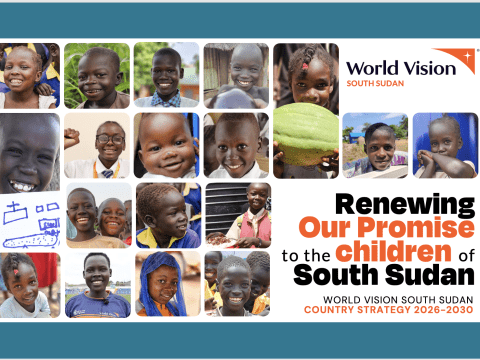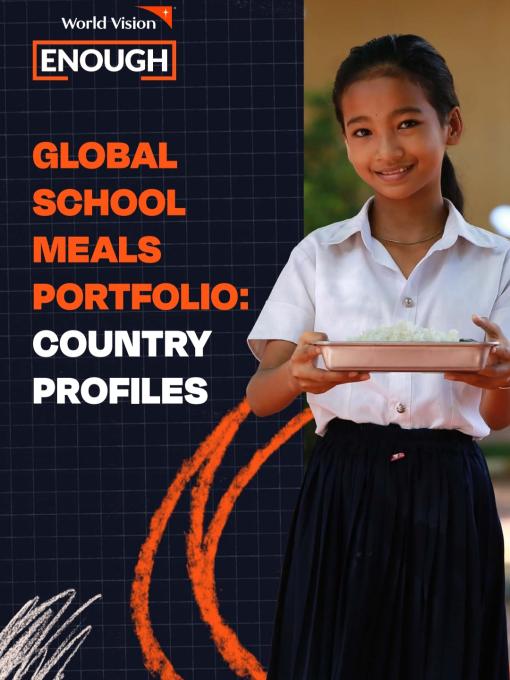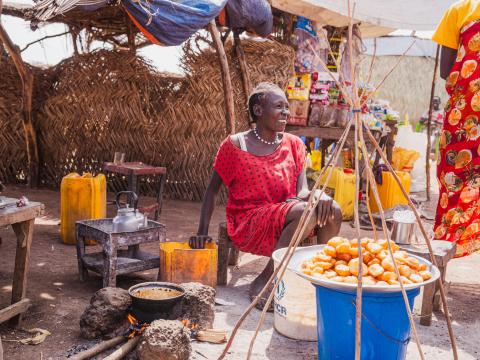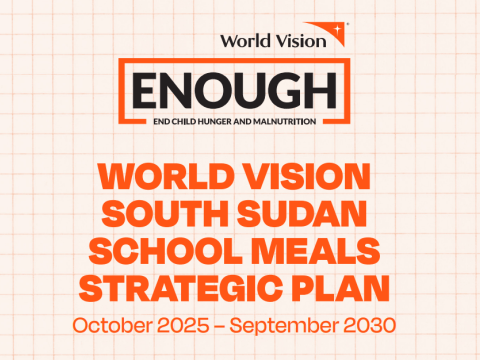South Sudan - August 2018 Situation Report
Download- Food insecurity: Over 6 million people are facing Crisis (IPC Phase 3) or Emergency levels ((IPC Phase 4 -onelevel before famine) of food insecurity. This is close to a 20 percent increase compared to the same period June/July 2017.
- The threat of diseases: Fall armyworms remain a threat to smallholder farmers particularly in n Yambio, Torit, Aweil, Renk and Juba states, who largely rely on crop farming to feed their families as well a means of earning income. Armyworms infestation is likely to negatively affect this season’s crop production.
- Drivers of food insecurity: Persistent conflict, disruption of livelihoods, poor economic conditions and challenges faced in the delivery of humanitarian assistance are the major drivers of deepening food insecurity particularly during lean seasons.
- Children out of school: According to a July report by UNESCO and UNICEF, up to 2.4 million children are out of school in South Sudan. This is one of the highest illiteracy rates in the world.
- Conflict deepening vulnerabilities: There are over 7,000 internally displaced persons (IDPs) who fled their homes in Ezo county, Western Equatoria due to insecurity. They are in need of support to meet their most basic needs, but in the long-term will need livelihoods support to become self-reliant.
- Urgent humanitarian assistance: A large-scale humanitarian assistance above levels currently planned is needed urgently to save lives as continuing projections and risks of extreme food insecurity loom throughout 2018. Assistance should be complemented with unhindered humanitarian access and action to end the conflict. For more information, read or download our August 2018 situation report.



